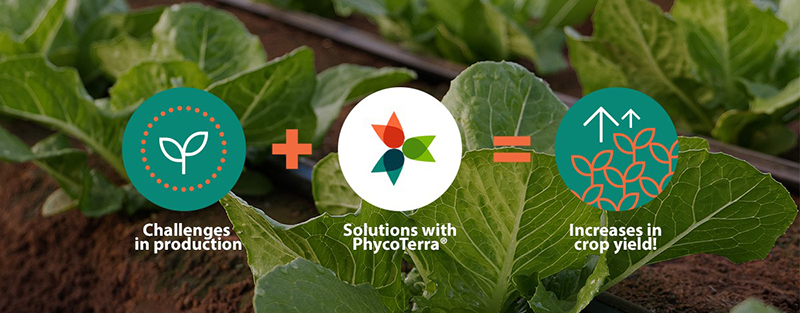Everglades Agricultural Area Farmers Winning at Water Quality
For more than two decades running now, a program built to improve water quality flowing from farmlands in the Everglades Agricultural Area (EAA) has far exceeded state-mandated goals. According to the just-released annual report from the South Florida Water Management District (SFWMD), this year was no exception in that regard. In fact, it was quite exceptional.
Thanks to dedicated use of best management practices (BMPs) by local growers, there was a 70% phosphorus reduction in the 470,000-acre EAA farming region south of Lake Okeechobee for the Water Year 2017 monitoring period (May 1, 2016 – April 30, 2017). To put in perspective of how impressive that figure is, Florida’s Everglades Forever Act requires the amount of phosphorus leaving the EAA must be 25% less than before reduction efforts began.
Last year’s report, which included the wettest January on record for the region, revealed a 27% overall reduction in phosphorus.
According to the SFWMD, a scientific model is used to compute the reductions and make adjustments to account for the influences of rainfall. Examples of BMPs include refined stormwater management practices, onsite farm erosion controls, and more precise fertilizer application methods.
When measured in actual mass, 152 metric tons of phosphorus were prevented from leaving the EAA and entering the regional canal system, which sends water into the Everglades, during the Water Year 2017 monitoring period. The average long-term reduction in total phosphorus since Water Year 1996 has been 55%.
Reacting to the latest water quality win, state Commissioner of Agriculture Adam Putnam released the following statement: “This phosphorous reduction is a testament to the fact that best management practices, which are science-based and implemented by farmers throughout Florida, are working and protect the quality and quantity of our water.”









